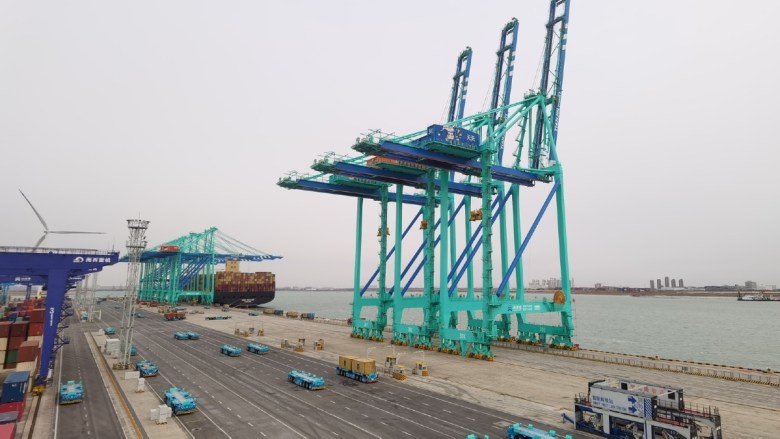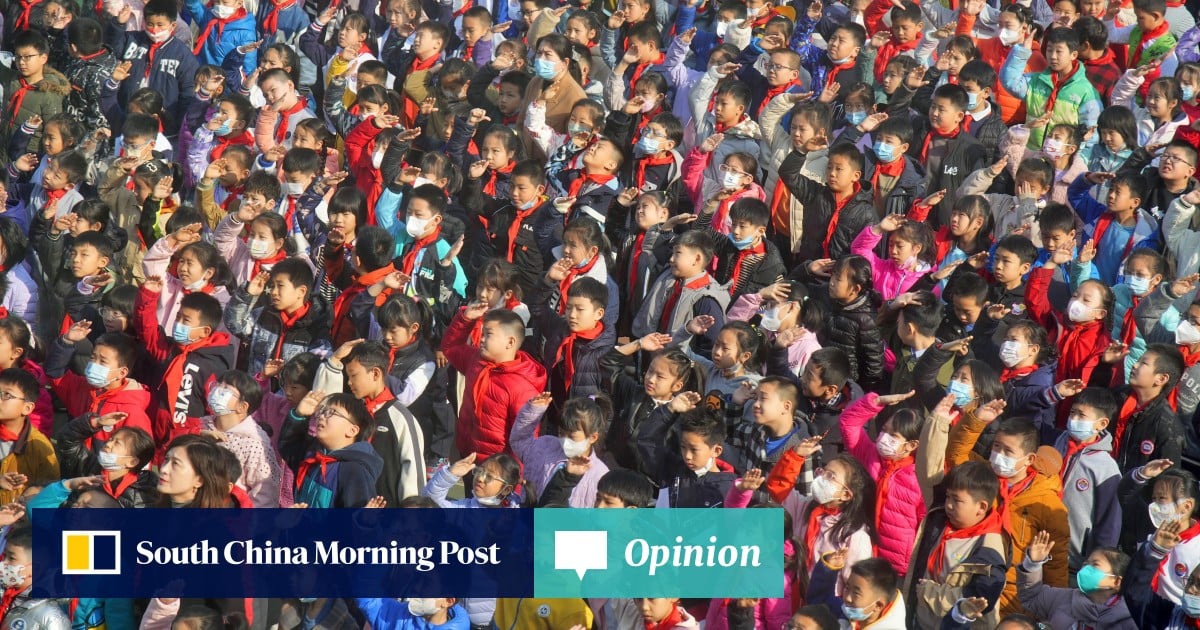beijingwalker
ELITE MEMBER

- Joined
- Nov 4, 2011
- Messages
- 65,191
- Reaction score
- -55
- Country
- Location
China’s demographic doomsayers cite the wrong data
Like Krugman’s predictive miss on the Asian Tigers, pundits aplenty are misreading the meaning of China’s Fourth Industrial RevolutionBy DAVID P GOLDMAN
JULY 1, 2023
A meme popular among American pundits claims that China’s economy is doomed by a slowly declining population. More important than the aggregate Chinese population is the technically proficient Chinese population.
That has grown 20-fold, or by 2,000%, in the past 40 years. Other Asian countries, notably South Korea, previously achieved record-shattering productivity gains with similar enhancement of skills.
We’ve heard this argument before, applied to the Asian Tigers. The doomsayers had their heyday just before East Asia’s growth went vertical. Perhaps the worst economic prediction in recorded history was Paul Krugman’s 1994 assertion that the Asian economic miracle was a myth, and that the Asian Tigers—Singapore, South Korea and Taiwan—would crumble like the Soviet Union.
Krugman, an academic, Nobel Prize winner in economics and New York Times pundit, claimed in a celebrated Foreign Affairs essay that “the newly industrializing countries of Asia, like the Soviet Union of the 1950s, have achieved rapid growth in large part through an astonishing mobilization of resources. Once one accounts for the role of rapidly growing inputs in these countries’ growth, one finds little left to explain. Asian growth, like that of the Soviet Union in its high-growth era, seems to be driven by extraordinary growth in inputs like labor and capital rather than by gains in efficiency.”
The Asian Tigers, Krugman averred, were “running into diminishing returns.” But manufacturing productivity in South Korea rose more than five-fold between 1994 and 2012, an astonishing achievement.

South Korea’s industrial work force fell during its great manufacturing boom, but it caught up to and in some cases overtook Japan in key industries, including semiconductors, displays and automobiles. No Japanese company today can compete with Samsung in computer chips.

In 1990, just 35% of South Korean high school graduates went on to some form of higher (tertiary) education; by 2010, the proportion stood at a remarkable 100%. Seoul has more PhD’s than any other city in the world. The South Koreans invested impressively in plant, equipment and infrastructure, but most of all, they educated their people to world standard.
China is now attempting on a gigantic scale what South Korea did during the late 1990s and early 2000s. Krugman’s diminishing returns argument of 1994 has resurfaced in the case of China: China has already moved most of its rural population to cities, and can’t count on the surge in labor supply that powered its growth during the 2000’s.
Its previous growth relied on massive labor and capital inputs rather than gains in efficiency. Its aging population won’t save as much as retirees begin to spend down savings, so capital will become scarcer. It has saturated its export market in developed countries, and so forth.
All of these arguments are factually correct, just as Krugman’s argument about the Asian Tigers was factually correct in 1994, that is, correct about facts of the past that had become irrelevant. What Krugman missed and the China doomsayers miss today is the intersection of jump in human capital and the emergence of new technologies.
South Korea’s new educated workforce mastered Third Industrial Revolution technologies and transformed what had been one of the world’s poorest countries into a high-tech powerhouse within a single generation.
When Deng Xiaoping began his economic reforms in 1979, just 3% of Chinese high school graduates went on to tertiary education. Today, the proportion is 63%, about the same as most European countries. A third of Chinese undergraduates study engineering, compared to just 6% in the United States.
South Korea was the poster child for the Third Industrial Revolution of computers and communications. China is determined to lead the Fourth Industrial Revolution driven by artificial intelligence and high-speed data transfer.
A new Chinese economy gestates within the belly of the old. Deng’s low-skill smokestack economy is subject to diminishing returns: Not so the Fourth Industrial Revolution economy that China is building today.

5G-powered lifts load containers from cargo ships with remotely controlled quay cranes. Photo: Huawei
According to Huawei, 10,000 Chinese businesses including 6,000 factories already have installed private 5G networks. It’s still early days, but preliminary results are remarkable.
At the Tianjin Port, where AI-guided cranes linked by 5G wireless broadband pick containers out of ships and place them in autonomous trucks, large container vessels are emptied in 45 minutes, Huawei says. Before Huawei installed its 5G system, it took eight hours. Unloading a large container ship takes 48 hours at America’s largest port at Long Beach, California, according to reports.
By no means is China’s success guaranteed today, any more than Deng’s success was guaranteed in 1979. But it is not improbable, either. China’s doomsayers are likely to be as wrong today as Krugman was about the Asian Tigers 30 years ago.

China's demographic doomsayers cite the wrong data - Asia Times
A meme popular among American pundits claims that China’s economy is doomed by a slowly declining population. More important than the aggregate Chinese population is the technically proficient Chinese population. That has grown 20-fold, or by 2,000%, in the past 40 years. Other Asian countries...
 asiatimes.com
asiatimes.com






